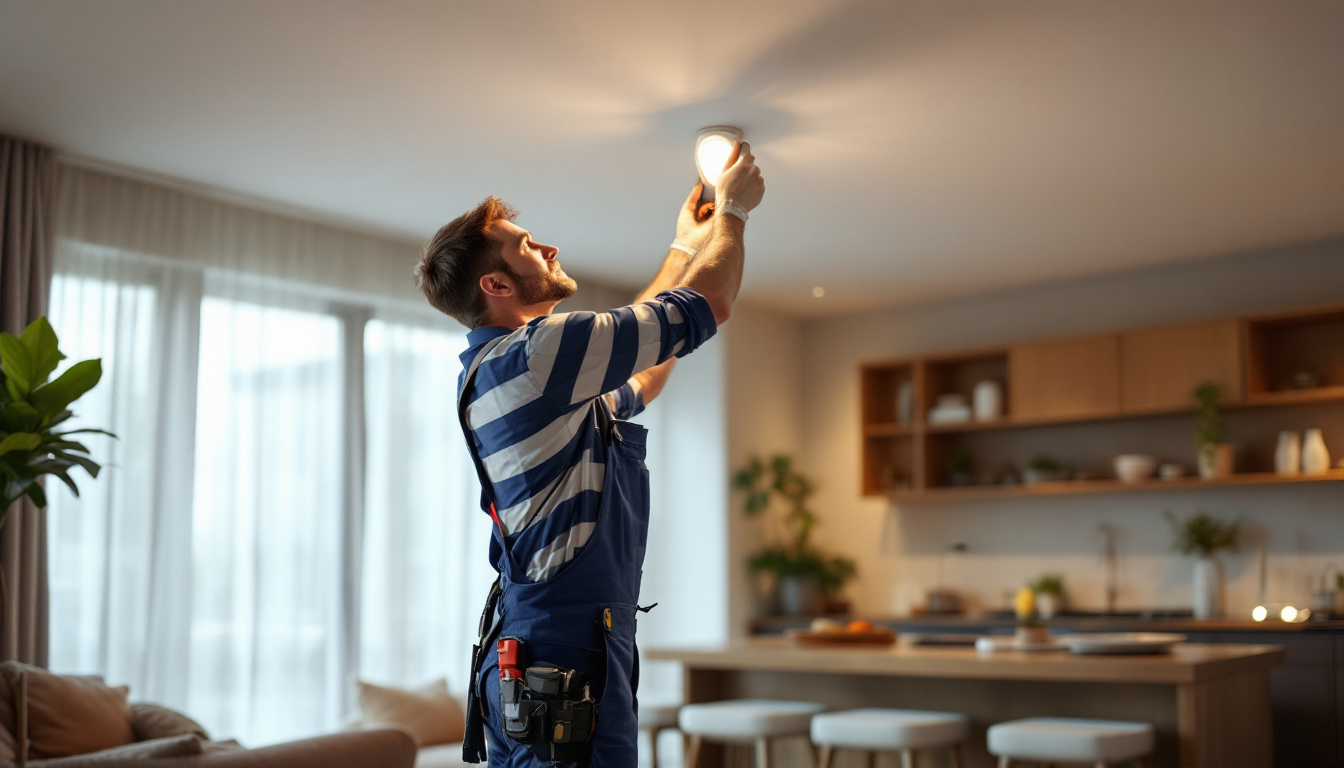
In the world of lighting design and installation, canlights, also known as recessed lights, have become a staple for both residential and commercial projects. As lighting contractors strive for excellence in their work, understanding best practices for canlight installation is essential. This article delves into the best practices that lighting contractors should adopt to ensure successful projects, satisfied clients, and a stellar reputation in the industry.
Before diving into best practices, it’s crucial to understand what canlights are and their applications. Canlights are fixtures that are installed into a hollow opening in the ceiling, providing a sleek and modern look. They are available in various sizes, styles, and light outputs, making them versatile for different environments. The design of canlights allows them to blend seamlessly into the ceiling, creating a clean aesthetic that doesn’t detract from the overall decor of a room. This unobtrusive style is particularly appealing in contemporary interior designs, where minimalism is often favored.
There are several types of canlights, including fixed, adjustable, and gimbal options. Fixed canlights are designed to direct light straight down, ideal for general lighting. Adjustable canlights allow for some movement, enabling the contractor to direct light to specific areas, while gimbal canlights offer even more flexibility, making them suitable for accent lighting. Additionally, there are LED canlights that provide energy-efficient lighting solutions, which can significantly reduce electricity costs over time. These LED options also come in a variety of color temperatures, allowing homeowners and designers to choose the perfect ambiance for each room.
Canlights are widely used in various settings, from residential homes to commercial spaces. In living rooms and kitchens, they provide ambient lighting that enhances the overall atmosphere. In offices, canlights can help create a productive environment by ensuring adequate illumination. Understanding the specific needs of each space is key to successful installation. For instance, in a retail environment, canlights can be strategically placed to highlight merchandise, drawing customers’ attention to key products. In contrast, in a home theater, dimmable canlights can create a cozy, immersive experience, allowing for a range of lighting options depending on the time of day or the activity taking place.
Effective planning and design are fundamental to the successful installation of canlights. This phase involves assessing the space, understanding the client’s needs, and determining the best lighting layout.
Before installation begins, it’s important to thoroughly assess the space where canlights will be installed. This includes measuring ceiling heights, identifying existing electrical systems, and noting any potential obstacles such as beams or ductwork. A comprehensive assessment ensures that the installation process goes smoothly and that the final result meets the client’s expectations. Additionally, it’s beneficial to consider the room’s purpose; for instance, a kitchen may require brighter, more focused lighting for cooking tasks, while a living room might benefit from softer, ambient lighting to create a cozy atmosphere.
A well-thought-out lighting plan is essential for achieving the desired ambiance and functionality. This plan should include the number of canlights required, their placement, and the type of bulbs to be used. Spacing is particularly important; canlights should generally be placed 4 to 6 feet apart to provide even lighting without creating harsh shadows. Furthermore, integrating dimmable options can enhance versatility, allowing clients to adjust the brightness according to different activities or moods. When selecting bulbs, considerations such as color temperature and energy efficiency can also play a significant role in the overall effectiveness of the lighting design, ensuring that it not only looks good but is also sustainable and cost-effective in the long run.
Once planning is complete, the installation phase begins. Following best practices during installation can prevent common issues and ensure a high-quality finish.
Safety should always be a top priority during installation. Before beginning any electrical work, it is crucial to turn off the power at the circuit breaker. Additionally, using proper tools and protective gear can help prevent accidents. Following local electrical codes and regulations is also essential to ensure compliance and safety. It’s advisable to have a fire extinguisher nearby and to keep the workspace tidy to avoid tripping hazards. If you’re unsure about any aspect of the electrical work, consulting a licensed electrician can provide peace of mind and ensure that the installation is carried out correctly.
When installing canlights, it’s important to use the correct mounting techniques. This typically involves securing the fixture to the ceiling joists or using adjustable mounting brackets. Ensuring that the canlight is level and properly aligned will contribute to a professional appearance and optimal lighting performance. Additionally, considering the spacing between canlights is crucial; too close together can create harsh shadows, while too far apart may leave dark spots. A general rule of thumb is to space the lights about 4 to 6 feet apart, depending on the height of the ceiling and the desired brightness of the room.
The choice of bulbs can significantly impact the effectiveness of canlights. LED bulbs are often the preferred choice due to their energy efficiency, longevity, and low heat output. Additionally, selecting the right color temperature can enhance the mood of the space; warmer tones create a cozy atmosphere, while cooler tones are better suited for workspaces. It’s also worth considering dimmable LED options, which allow for greater control over the lighting intensity and can adapt to different activities or times of day. Furthermore, pay attention to the lumens rating of the bulbs, as this will determine the brightness level, ensuring that the lighting meets the functional needs of the area being illuminated.
Once the installation is complete, there are several post-installation considerations that lighting contractors should keep in mind to ensure client satisfaction and optimal performance of the lighting system.
After installation, it is essential to test each canlight to ensure it is functioning correctly. This includes checking for any flickering lights, ensuring proper dimming capabilities, and making any necessary adjustments to the angle or positioning of adjustable fixtures. Taking the time to address these details can greatly enhance the client’s experience. Moreover, it is advisable to conduct a thorough inspection of the entire lighting layout, ensuring that the distribution of light is even and meets the intended design specifications. This not only helps in identifying any potential issues but also allows for fine-tuning the ambiance of the space, maximizing both functionality and aesthetic appeal.
Educating clients about their new lighting system is an important step that is often overlooked. Providing information on how to operate dimmers, change bulbs, and maintain the fixtures can empower clients and enhance their satisfaction. Additionally, discussing energy-saving practices can help clients maximize the benefits of their new lighting. It’s also beneficial to provide clients with a simple guide or manual that outlines troubleshooting steps for common issues they might encounter. This proactive approach not only builds trust but also encourages clients to feel more confident in managing their lighting system, fostering a sense of ownership and pride in their newly enhanced space. Furthermore, offering a brief tutorial on smart lighting features, if applicable, can open up discussions about future upgrades and integrations, keeping the lines of communication open for ongoing support and service.
Even with careful planning and execution, challenges can arise during the installation of canlights. Being prepared for these common issues can help contractors navigate them effectively.
One of the most common challenges is working with existing structures, particularly in older homes. Contractors may encounter unexpected obstacles such as outdated wiring or inadequate ceiling support. In these cases, it may be necessary to adapt the lighting plan or consult with an electrician to ensure safety and compliance.
Light spillage and glare can detract from the effectiveness of canlights. To mitigate these issues, contractors should consider the placement and angle of the fixtures carefully. Using baffles or trims can also help control light distribution and minimize glare, creating a more comfortable environment for occupants.
The lighting industry is constantly evolving, with new technologies and design trends emerging regularly. Staying updated on these trends can provide contractors with a competitive edge and enhance their service offerings.
Smart lighting solutions are becoming increasingly popular, allowing for greater control and customization of lighting systems. Incorporating smart technology into canlight installations can appeal to tech-savvy clients and provide added convenience. This includes features such as remote control, scheduling, and integration with home automation systems.
As sustainability becomes a priority for many clients, lighting contractors should be knowledgeable about energy-efficient products and practices. This includes recommending LED options, utilizing daylighting strategies, and understanding the benefits of energy-efficient fixtures. Promoting sustainable practices not only benefits the environment but also positions contractors as responsible and forward-thinking professionals.
In conclusion, canlights are a versatile and popular choice for lighting contractors, but their successful installation requires careful planning, adherence to best practices, and a commitment to quality. By understanding the nuances of canlight design and installation, contractors can enhance their skills, improve client satisfaction, and build a reputation for excellence in the lighting industry.
Adopting these best practices not only ensures successful installations but also fosters long-term relationships with clients. As the lighting industry continues to evolve, staying informed and adaptable will be key to thriving in this competitive field.
Ready to elevate your lighting installations with the best in the business? Look no further than LumenWholesale for all your canlight needs. Our commitment to providing contractors with spec-grade lighting products at unbeatable wholesale prices means you can deliver exceptional quality without breaking the bank. With our vast selection of reliable, high-performance lighting, free shipping on bulk orders, and no hidden fees, you’re guaranteed to find the perfect lighting solutions for any project. Don’t compromise on quality or value—Wholesale Lighting at the Best Value is just a click away. Experience the LumenWholesale difference today!
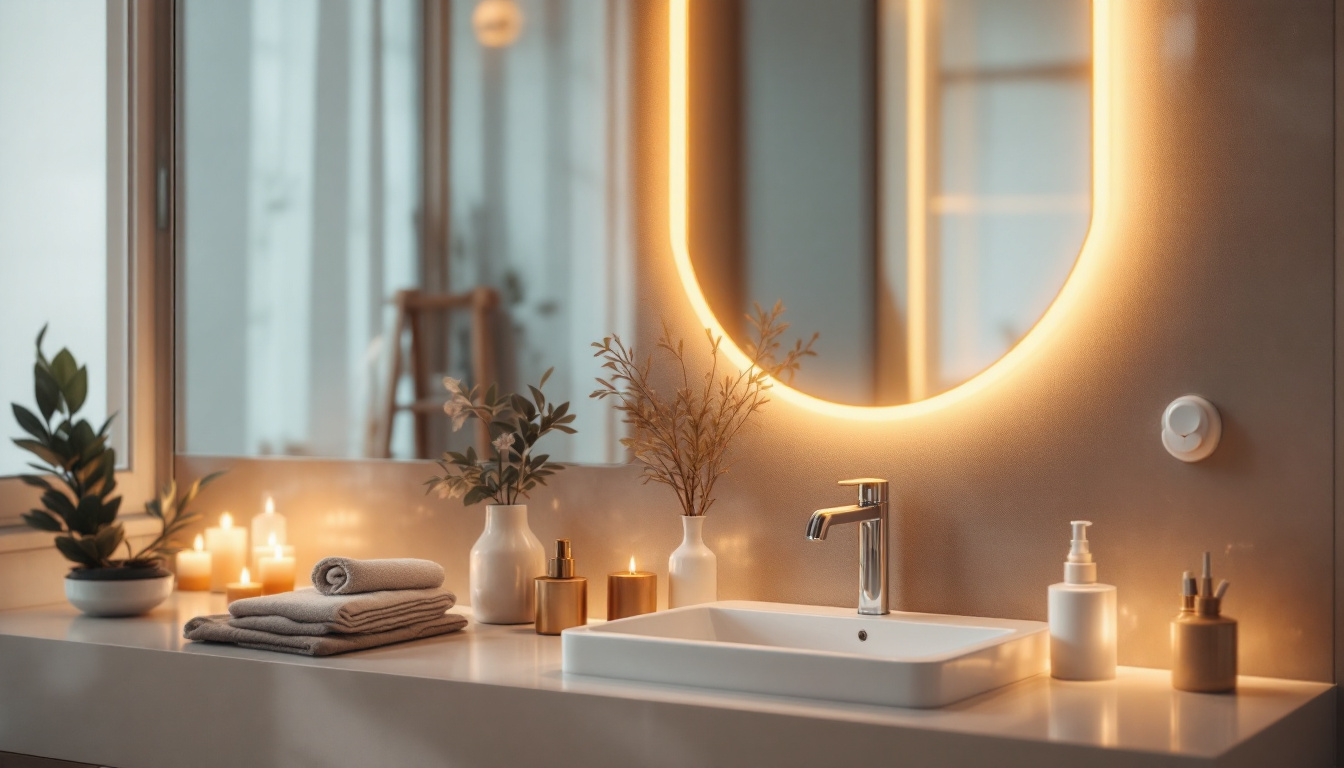
Discover the essential insights lighting contractors need to know about LED mirrors.
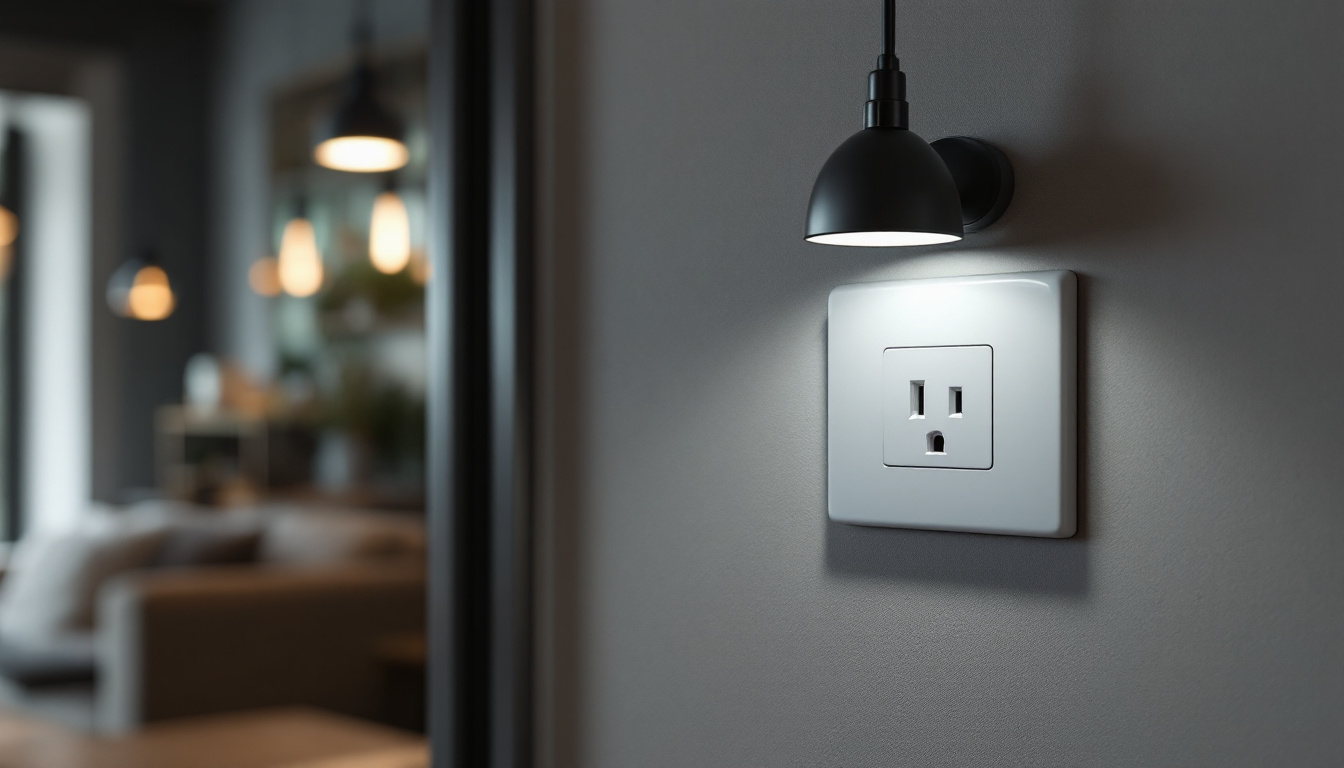
Discover how to transform your lighting setup by effectively utilizing receptacle outlets.
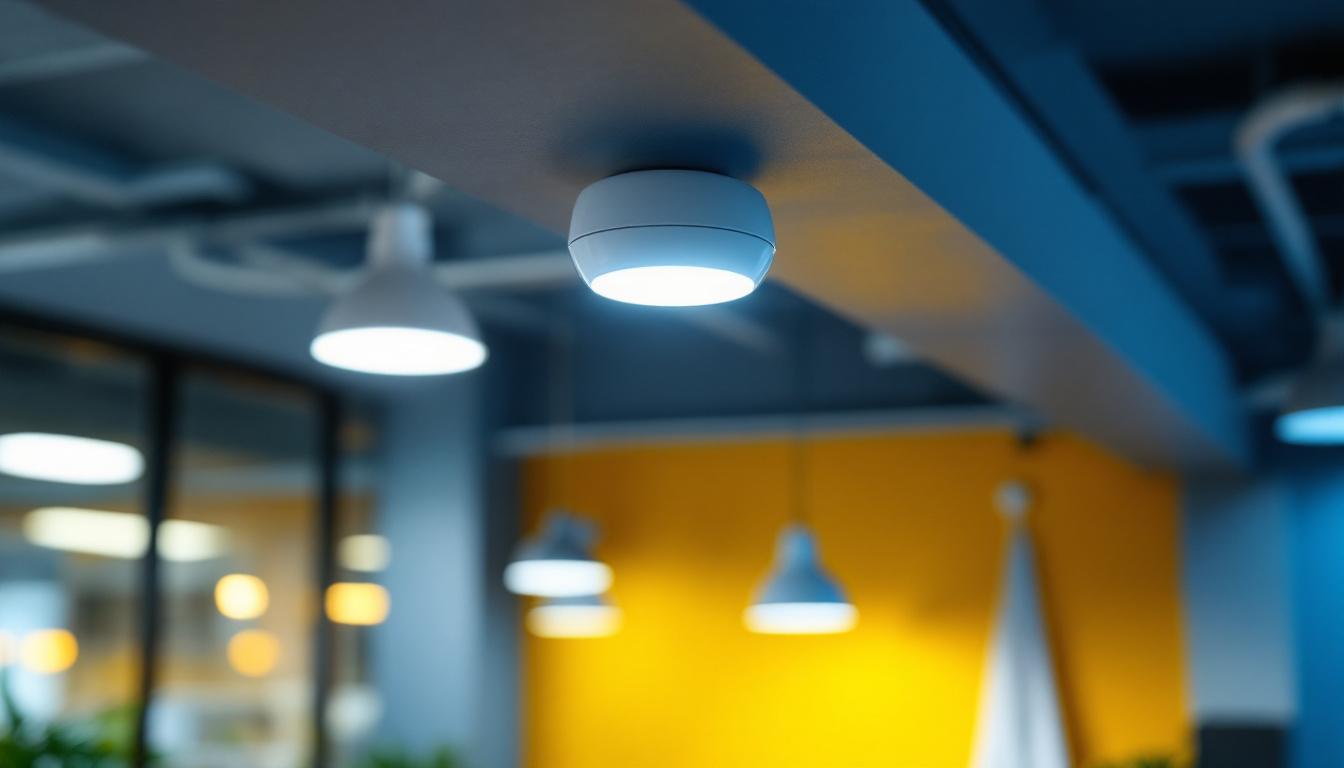
Discover the essential insights lighting contractors need to know about ceiling mounted occupancy sensors.
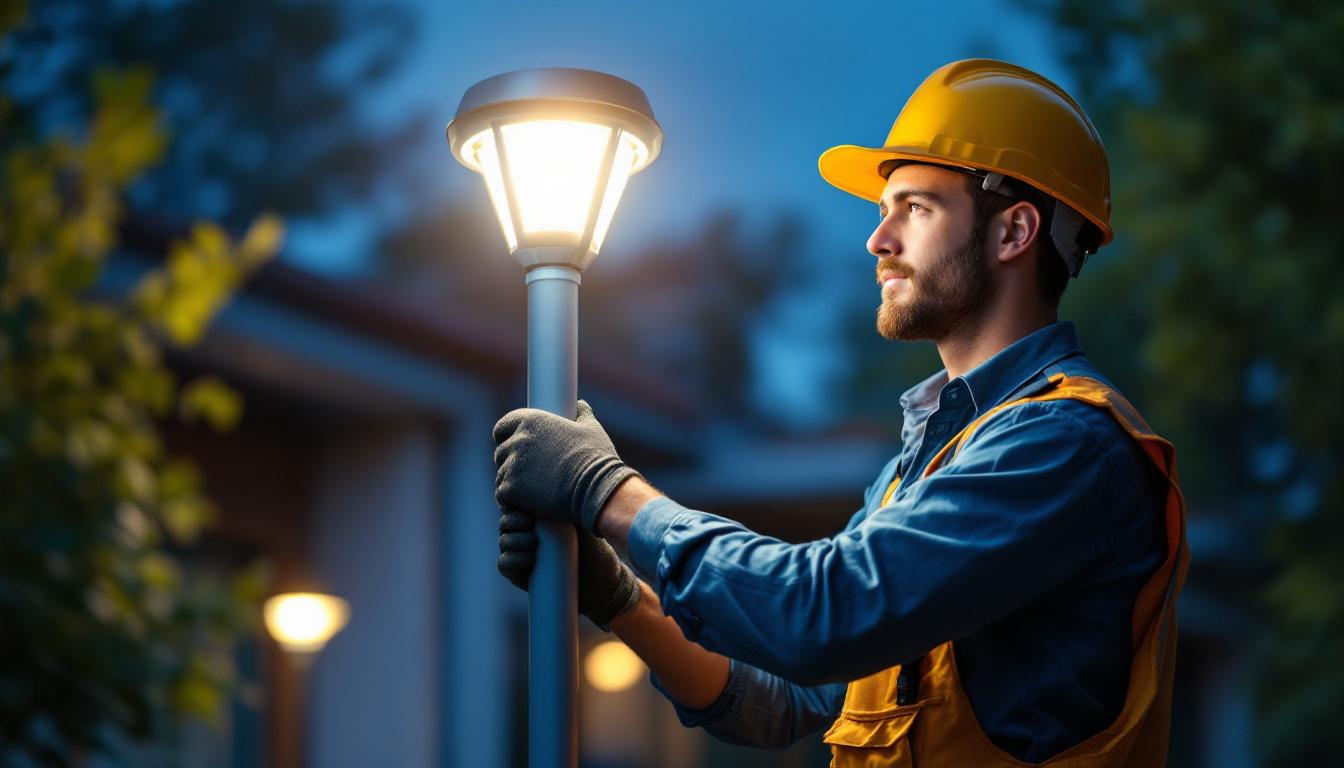
Discover the ultimate guide for lighting contractors on LED light posts.